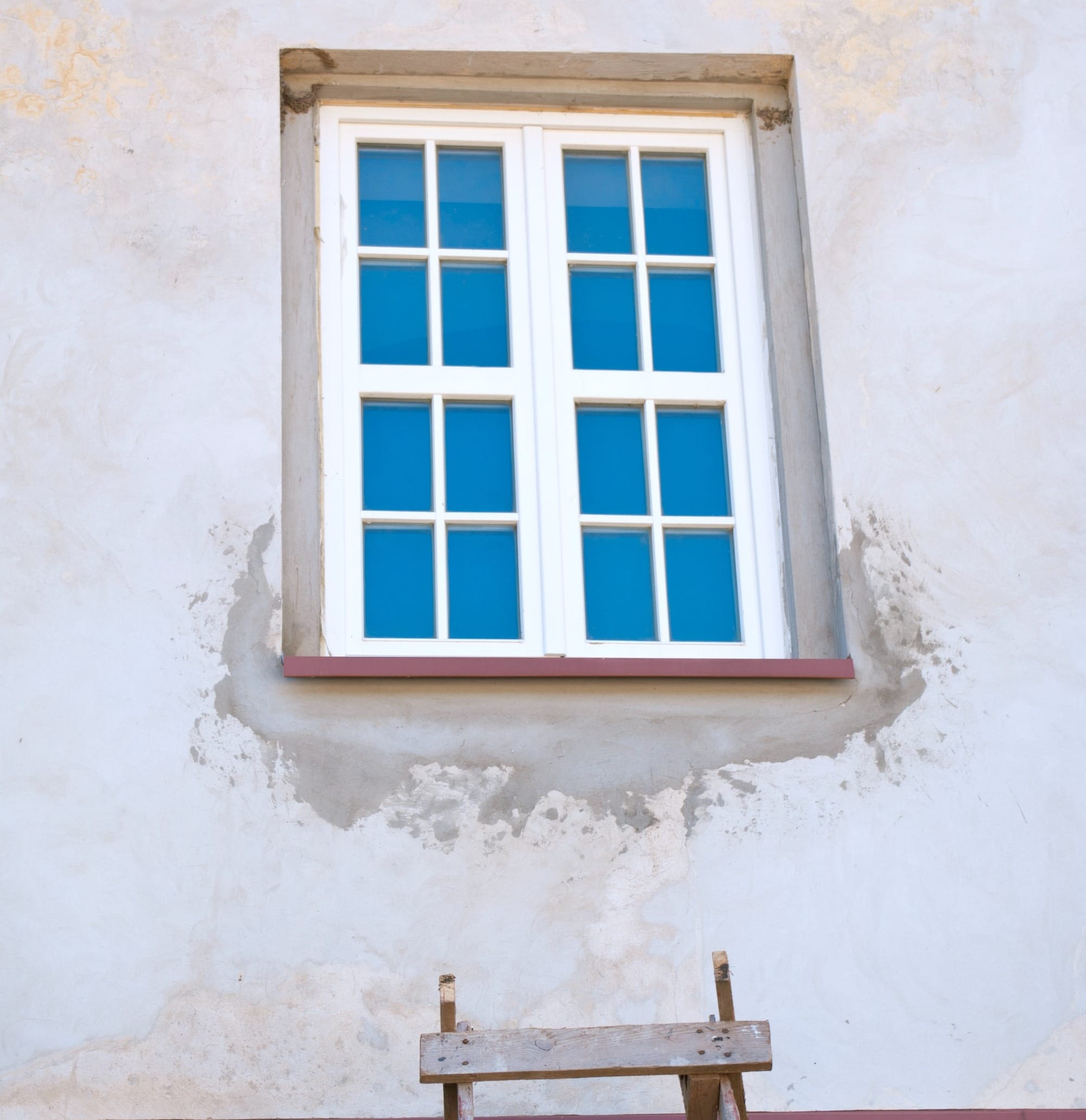Drywall repair might seem mysterious, but it's a task you can master. Our guide provides all the essential information, making the process straightforward and less intimidating.
The Basics of Drywall: What You Need to Know
Drywall, also known as sheetrock, is a standard material used in most modern home interiors. It's composed of a gypsum plaster core sandwiched between thick sheets of backer and facer paper. Drywall's popularity can be attributed to its relative ease of installation and affordable cost. Moreover, it offers great versatility as it can be cut and manipulated to fit various spaces and contours of a building interior.

Over time, drywall can succumb to wear and tear—commonly in the form of holes, dents, and water damage—that can diminish the appearance of your home's interior. Whether it's a small hole from a misplaced nail or water damage from a leaking pipe, these issues can be resolved by doing some drywall repair. Drywall repair is an essential skill for homeowners to maintain the aesthetics and structural integrity of their home interiors.
Identifying Common Drywall Issues
Let's take a moment to identify the most common issues you might encounter with your drywall. One of the most prevalent problems is superficial cracking, often resulting from natural structural settling or temperature changes. These small fissures appear in the surface paint or the drywall itself, but despite their unattractive appearance, they do not typically indicate severe structural issues. However, they still crave your attention for an aesthetically pleasing look.
Another type of commonly seen drywall problem is water damage. It's often characterized by discolored patches or soft spots on the wall, hinting at a potential leak. Drywall bubbles or peeling may also surface, resulting from excess moisture. Further still, you may face nail pops - they occur when construction nails pop out through the drywall, creating bumps or small round protrusions. Each drywall issue requires a unique repair approach. Achieving a successful repair largely leans on correct issue identification and understanding the essence of the repair materials needed.
Tools and Materials for Drywall Repair
Let's delve into the tools and materials essential for a smooth drywall repair process. Acquiring the right tools upfront means you're prepared for any issues that may arise during repair. Some of the basic tools include a utility knife for cutting the drywall, a drywall saw for more extensive cuts, and a joint knife for applying drywall compound. Additionally, you'll need a drywall tape, sandpaper, and a sanding sponge for a flawless finish.
As for materials, drywall itself is the most critical. Whether you're patching small holes or replacing larger areas, make sure to purchase the correct thickness to match your existing walls. Drywall compound, also known as mud, is a material used to secure drywall tape and smooth over patches and seams. It's important to choose the right type: pre-mixed compound is ready to use but dries slowly, while powdered compound mixes with water and dries quickly. Ultimately, the choice comes down to your preferences and the specifics of your project.
Repairing Small Holes in Drywall
Repairing small holes in drywall is a practical skill that you can master with a little patience and the right tools. Small holes, often caused by door knobs, accidental furniture impact or small accidents, can easily be addressed. Your first step will be to clear the area around the hole of any loose or crumbling drywall, ensuring you have a clean, stable surface to work on.
The second step is application. Apply a patch on the hole, then use joint compound and a joint knife to fill in and smooth over the surface. It's important to apply multiple layers, letting each one dry and sanding it smooth before applying the next. Once everything is dry and smooth, the final step is to paint the area to match the rest of your wall. Now, you hold the art of repairing small holes in the drywall in your hands.

